Notebook
-
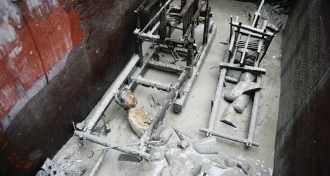 Archaeology
ArchaeologyOldest evidence of patterned silk loom found in China
Chinese finds offer earliest look at game-changing weaving machine.
By Bruce Bower -
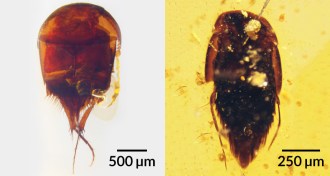 Animals
AnimalsBeetles have been mooching off insect colonies for millions of years
The behavior, called social parasitism, has been going on for about 100 million years.
-
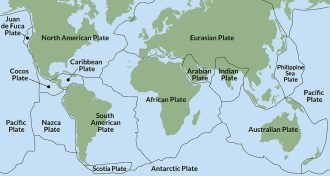 Earth
Earth50 years ago, continental drift began to gain acceptance
Half a century later, plate tectonics is well-established but still an active field of research.
-
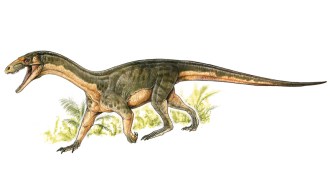 Paleontology
PaleontologyEarly dinosaur relative sported odd mix of bird, crocodile-like traits
Teleocrater rhadinus gives researchers a better picture of what early dinosaur relatives looked like.
-
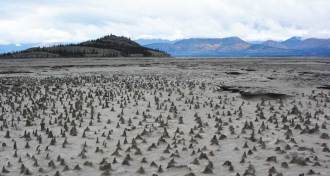 Earth
Earth‘River piracy’ on a high glacier lets one waterway rob another
The melting of one of Canada’s largest glaciers has rerouted meltwater from one stream into another in an instance of river piracy.
-
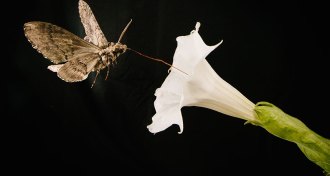 Ecosystems
EcosystemsHawk moths convert nectar into antioxidants
Hawk moths use their sugary diet to make antioxidants that protect their muscles.
-
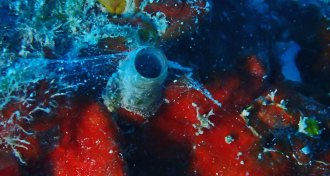
-
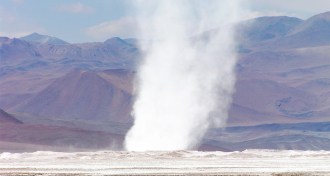 Earth
EarthWhirlwinds of crystals called gravel devils spotted in Andes Mountains
Large whirlwinds in northern Chile can carry gravel-sized gypsum crystals several kilometers before dumping them in mounds.
-
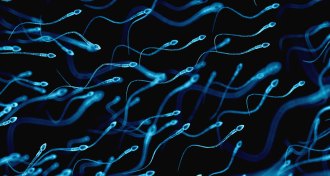 Health & Medicine
Health & Medicine50 years ago, contraception options focused on women
Women have more birth control choices than they did 50 years ago. The same can’t be said for men.
-
 Materials Science
Materials ScienceBone-inspired steel cracks less under pressure
Steel that’s structured like bone resists cracks better that the traditional form of the heavy-duty building material.
-
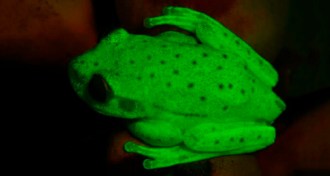 Animals
AnimalsFirst fluorescent frogs might see each others’ glow
A polka dot frog, the first known fluorescent amphibian, may get a visibility boost in twilight and moonlight.
By Susan Milius -
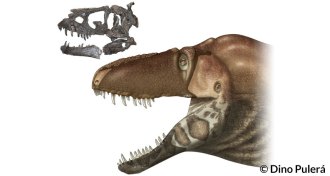 Paleontology
PaleontologyNew tyrannosaur had a sensitive side
Tyrannosaurs may have had sensitive snouts that detected temperature and touch.